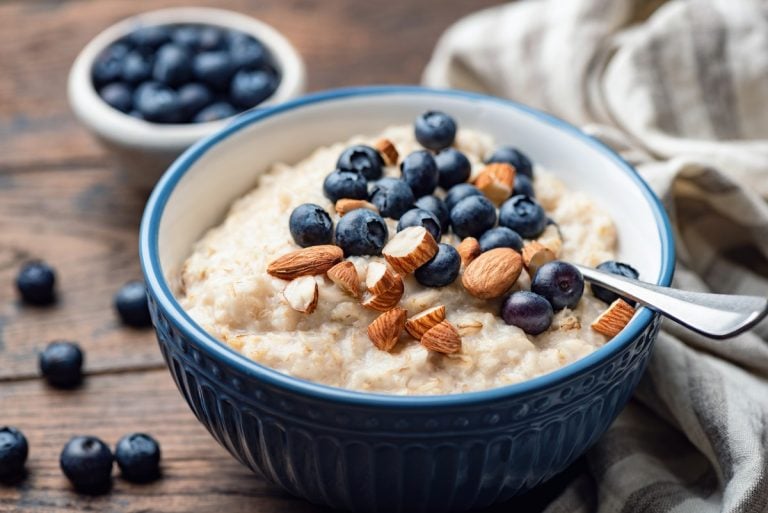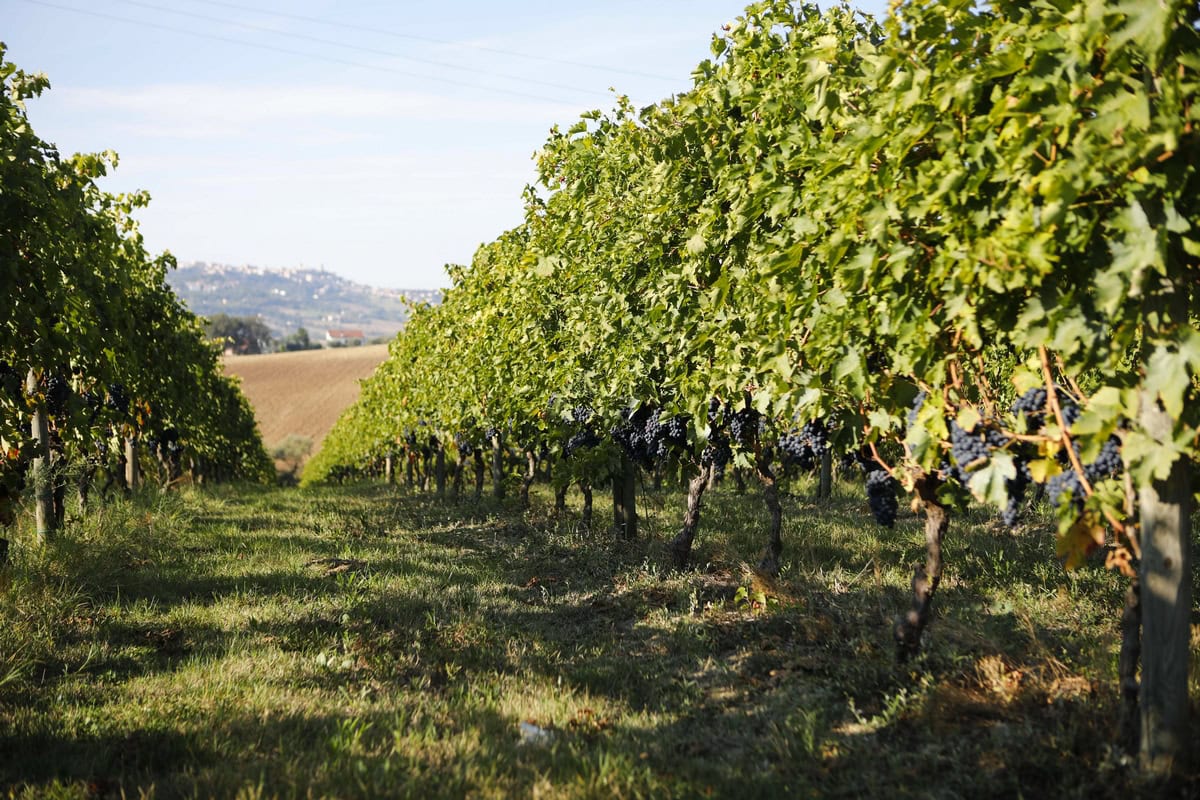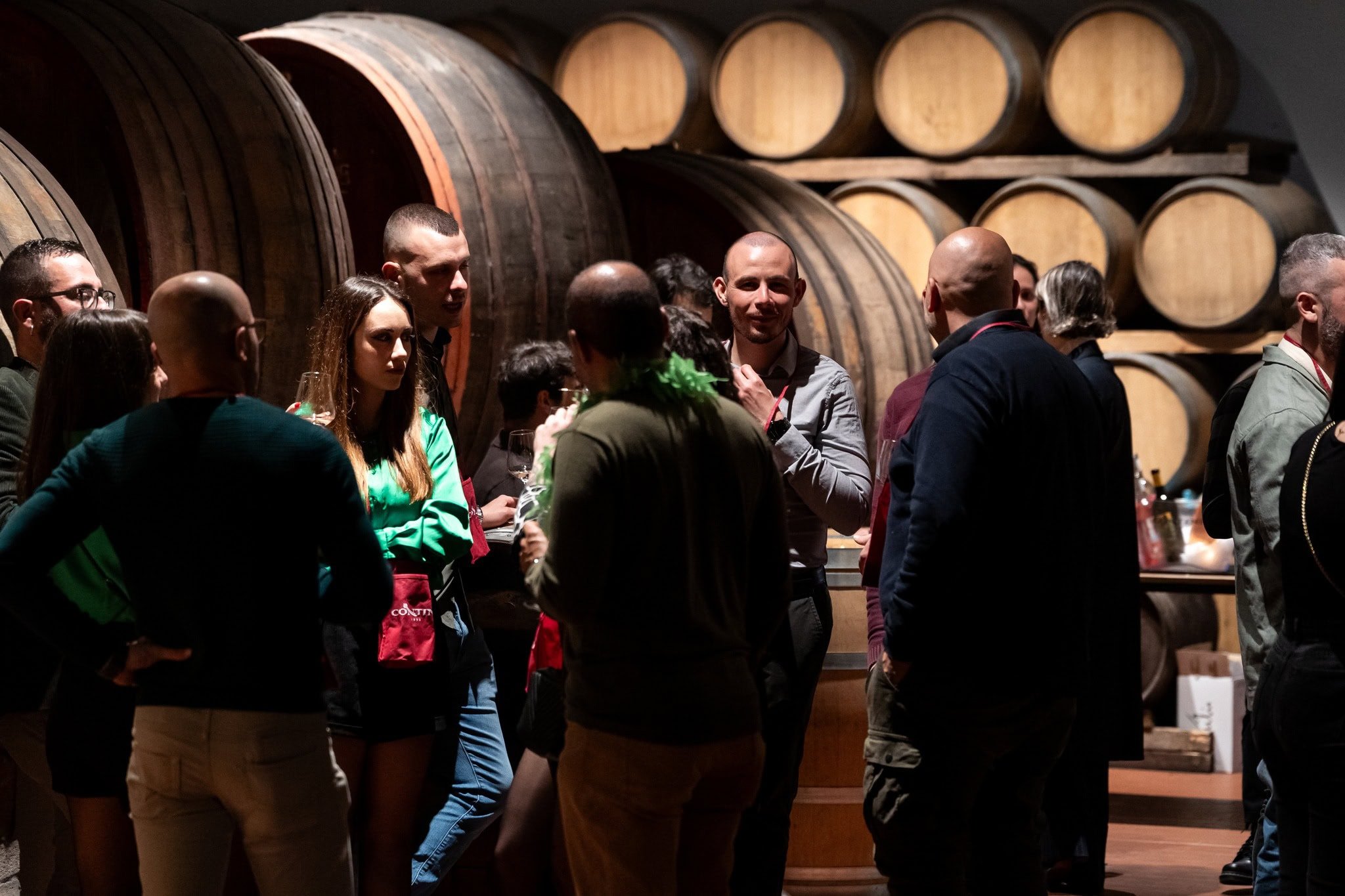What is porridge?
The name "oatmeal" is not tempting, and up until a few years ago, neither was its appearance. In recent times, however, also thanks to a rediscovered health interest, porridge has returned to the limelight, becoming one of the most popular breakfasts especially among the youngest, enriched with fresh fruits and nuts, seeds, sauces, creams and other colourful and inviting ingredients. Consumed as much in England as in Ireland - not to mention the United States, where it has been one of the most common breakfasts for decades - this soft, neutral-flavoured mush actually has Scottish origins. Before retracing its history, however, let's understand what it is exactly. Porridge is a simple mixture of oat flakes and water (or milk), cooked together over low heat until it reaches the consistency of a cream, more or less dense according to taste. A product that can be enriched with sweet and savoury ingredients and that represents one of the healthiest ways to start the day.
How porridge came to be
The recipe for porridge was born in medieval times as a poor dish (originally, in fact, it was made only with water and oat flakes), simple, cheap yet substantial: ideal for accompanying workers during the day. It is no coincidence that oats, one of the most cultivated cereals in the United Kingdom, are rich in fiber and protein, as well as good fats such as linoleic acid. A food with many nutraceutical properties, a valid ally against bad cholesterol and with a low glycemic index. The original recipe calls for cooking oats in water, usually in a 1:1 ratio, but the doses change according to personal preference. Moreover, today many choose to replace water with milk or vegetable drinks, to obtain a creamier mixture. To flavour oatmeal, among the most classic combinations we find honey, maple syrup, fruit, jams or a simple sprinkling of sugar.
Haleem, Iranian “porridge”
A curious variant of porridge is the Iranian recipe for haleem, which uses wheat instead of oats. To this, lamb, chicken or turkey meat is added, boiled and mixed with the grain and lentils, until a consistency and appearance similar to oatmeal is obtained. Also in this case it is consumed for breakfast, topped with melted butter, cinnamon and sugar, together with a cup of chai shirin, a hot beverage made with sugar cubes infused directly with tea leaves. In addition to representing a typical morning meal, haleem is often served during Ramadam: literally, the name means "patient and merciful," and precisely because of its connection with Islamic mercy it is chosen as a fast breaker.
How porridge is prepared
Despite being a specialty that was originally born as a poor meal, with a little imagination porridge can become a very rich breakfast. Before identifying the possible combinations, let's talk about proportions. Depending on the consistency you want to achieve, you will have to increase the liquid component: for a not excessively soft oatmeal, it is recommended to use about 200 grams of water or milk for 60 grams of flakes (but don't tell the English: in the UK they really like runny porridge, which is more liquid). The important thing is to let the mixture rest for a while after cooking, so that it has time to thicken. On the hottest days, you can opt for the cold version, with overnight oats: leaving the oats in the liquid - about 30 grams of flakes per 80 grams of water - overnight and in the morning you will have your breakfast ready.
Sweet and savoury toppings
Who said porridge must necessarily be sweet? Oats have such a neutral flavour that they can be combined with almost anything. For a substantial breakfast, you can add eggs and tomato (very British), or avocado, seeds and smoked salmon, or even classic bacon and eggs. As always, there's space for imagination, even in the sweet realm: in addition to the classic spreads, syrups and fruit, you can try it with a nut butter or add bitter cacao in cooking or other spices to taste, cinnamon in the first place. Those who choose to use water can add more consistency with a drop of cream or a spoonful of yogurt at the end, while for a very simple and fast version just add a few drops of honey during preparation: you will obtain delicious oatmeal, tasty and light.
by Michela Becchi


 Fewer bottles, more by-the-glass: how to build the wine list of the future
Fewer bottles, more by-the-glass: how to build the wine list of the future The Moncaro collapse impacts Marche wines. But average price rises
The Moncaro collapse impacts Marche wines. But average price rises Trump’s first trade war cost Americans $27 billion. USDA analysis
Trump’s first trade war cost Americans $27 billion. USDA analysis Here are ten Rare Wines you absolutely must try
Here are ten Rare Wines you absolutely must try The “Tariff Vinitaly” closes with 97,000 attendees: one third from abroad. See you on 12 April 2026
The “Tariff Vinitaly” closes with 97,000 attendees: one third from abroad. See you on 12 April 2026







